Many of my hikes on Dolly Sods are leading groups and teaching about the Nature of the Sods. Other times I hike with one or two friends to special, rarely-visited habitats. And sometimes I am alone exploring new areas or looking for rare plants and birds. However, this year Jan and I found ourselves with an unusual circumstance — we were alone for a day — just us. Jan said, “I haven’t been to the Rohrbaugh Plains overlook for a long time. I’d like to go there again.” That’s all I needed to hear.
We packed our backpacks and headed for the Rohrbaugh Plains trailhead.
The first part of the trail is a moderately rocky, uphill hike through a deciduous forest consisting primarily of American Beech trees.
We soon noticed a familiar Red Spruce tree with a dead branch that had set the stage for a photo I took of our granddaughter, Haley. In 2011 we spent 8 days on Dolly Sods with her for her eighth birthday. She was a great photographer’s model. I decided to see what that was like.
At the top of the hill, the habitat changes dramatically, from a deciduous American Beech woods to a verdant evergreen woods consisting mainly of Red Spruce trees with an under-story of Rhododendron and Mountain Laurel.
One of Jan’s favorite photo subjects is root and branch tangles.
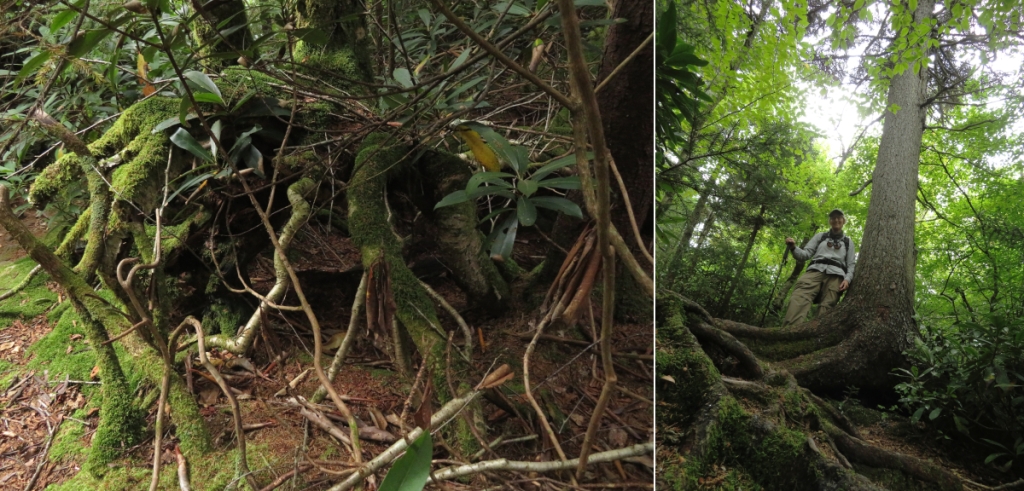
All along the trail we found interesting mushrooms.
Beside the trail the trees and shrubs were so thick in some places that it was difficult to explore, but easy to hide.
Because we are often exploring in nature, teaching about the things we observe and showing the wonders of creation, Jan and I sometimes discover secret things — like this recently-used thrush’s nest.
At first I thought it was a Hermit Thrush nest, but when I looked more closely and saw how much moss was incorporated in it, I decided it was probably the nest of a Swainson’s Thrush. That was an exciting find!
The Hermit Thrush is a common nesting bird in the Dolly Sods Wilderness, however, Swainson’s Thrushes are uncommon. While leading spring hikes on Rohrbaugh Plains Trail I have heard many Hermits singing their beautiful song — my favorite. But I have only heard the Swainson’s twice along this trail. Birdsong in the spring is one indicator that the males are staking out territories for nesting. So hearing a Swainson’s at that time of year, when most of those thrushes are much farther north, is a good sign that some stayed to nest on the mountaintop.
Hermit Thrush song —
Swainson’s Thrush song —
The familiar leaf wheels of the Whorled Wood Aster (Oclemena acuminata) were growing in many locations.
There weren’t many plants flowering along the trail, but there were a few like this Crooked-stem Aster (Symphyotrichum prenanthoides).
Most people who look at an aster in flower don’t notice that there are, in reality, very many tiny flowers which together look like one flower. Look closely at the aster photo below, and you can see that there are many little flowers growing in the central disk, each flower producing just one seed. Each “disk flower” has 5 tiny petals fused together, plus 5 stamens fused around a pistil with antennae-like stigmas.
Identifying an aster to species is difficult for most people, since they psyche themselves out because there are so many similar species. However, if one looks at the color of the rays of the flowers, the size and shape of the leaves and the way the leaves attach to the stem, then the identification is not so difficult. In the two photos below notice the leaf tapering gradually at the end to a point and, on the stem side, abruptly narrowing as the leaf clasps the stem. These leaf characteristics and the violet rays of the flowers together make the Crooked-stem Aster identification easy.
The trail crossed several small streams and the only sounds we could hear were made by the water meandering through the rocks.
We decided to photograph each other at this happy spot.
Clubmosses seemed to be everywhere.
Jan noticed the berry clusters of Canada Mayflowers (Maianthemum canadense). During the spring when I lead hikes on the Rohrbaugh Plains Trail, these plants are in full flower.
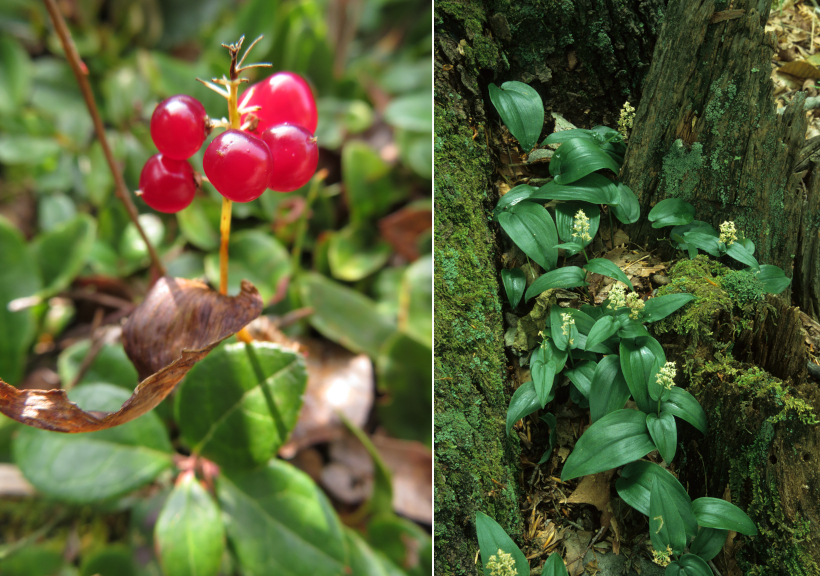
We had quite a journey to our destination, the Rohrbaugh Plains Overlook. It was time to relax, eat lunch and enjoy the incredible views.
In 2005 I led a group from Oglebay Institute’s Mountain Nature Camp (a nature studies camp for adults) to the overlook and took a photo in the same area. Jan was in that group.
After food, rest and wonderful photo ops at the Rohrbaugh Plains overlook, we returned on the same trail we had traveled earlier. It was interesting to see some of the same things from a different angle as we retraced our steps.
And speaking of steps, as usual on this trail, we hadn’t really noticed how dramatically the trail descends from the Red Spruce hilltop. We had heard someone call this section of trail the “Rohrbaugh Staircase”. The return trip was more challenging through the “Staircase”, but it still took us less time than our outward journey — I think we did less exploring as we were homeward bound.
Jan and I had a great time hiking together, taking photos, identifying plants and making nature discoveries. But, what I think was most special to both of us was being alone in the Dolly Sods Wilderness — the solitude of just us.
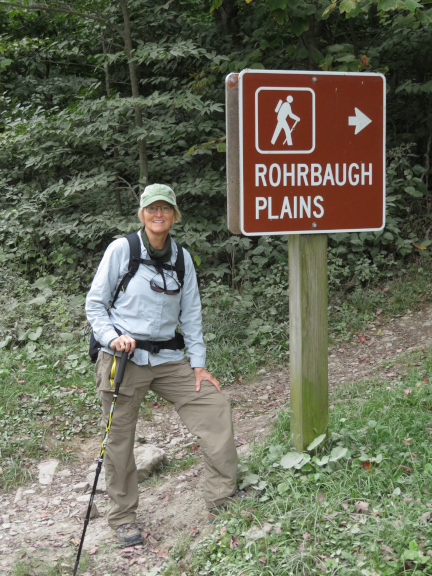

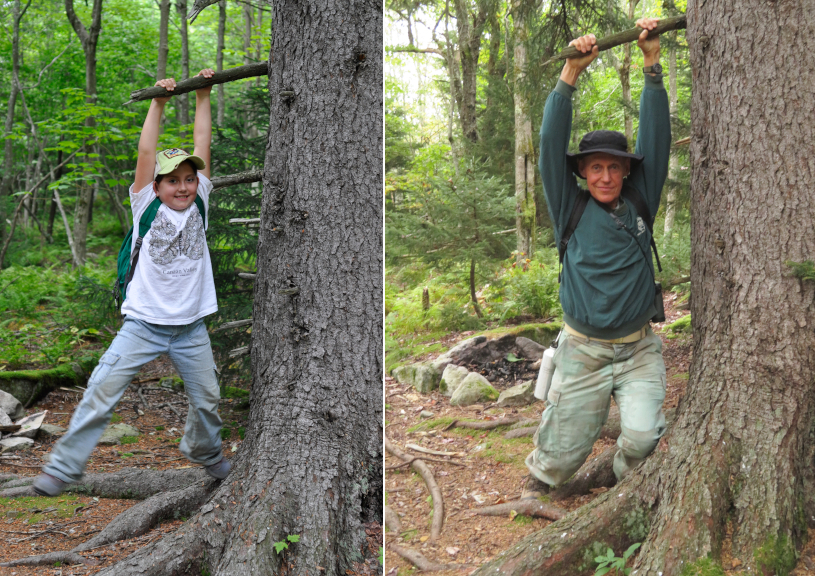
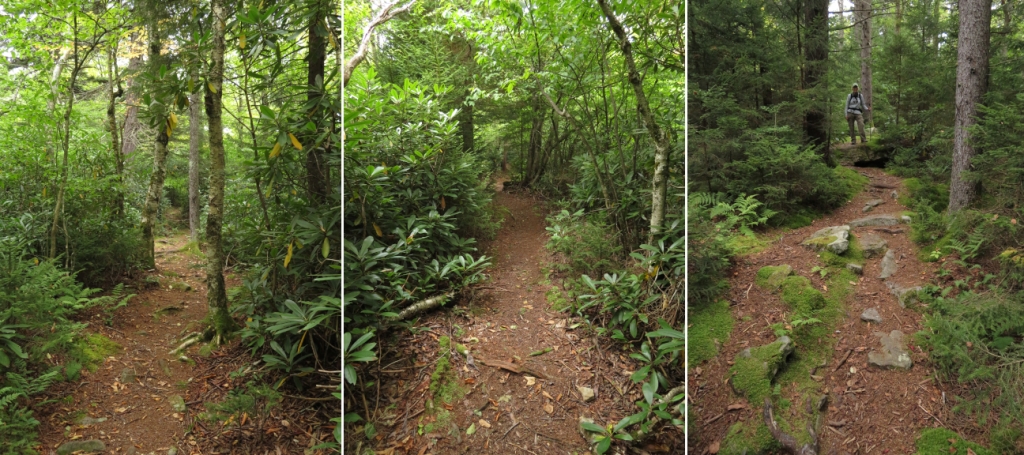


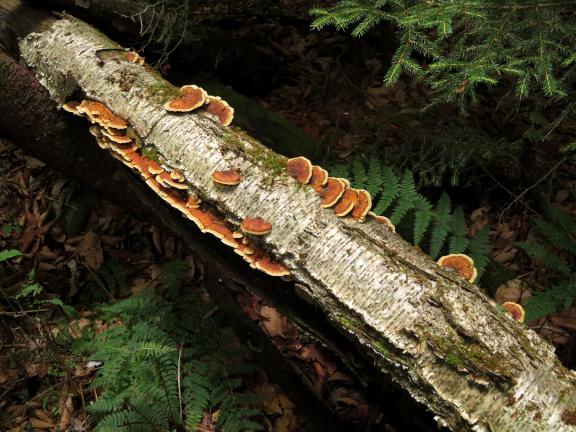


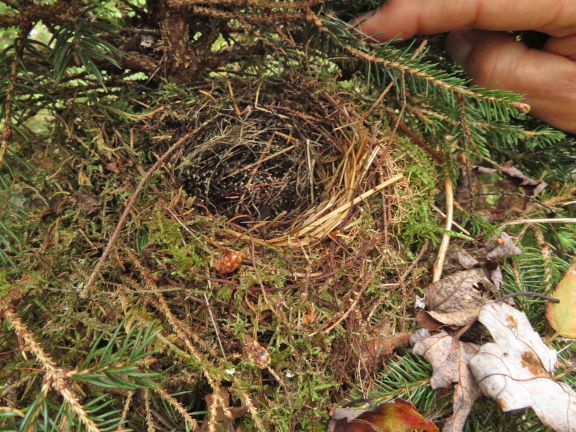

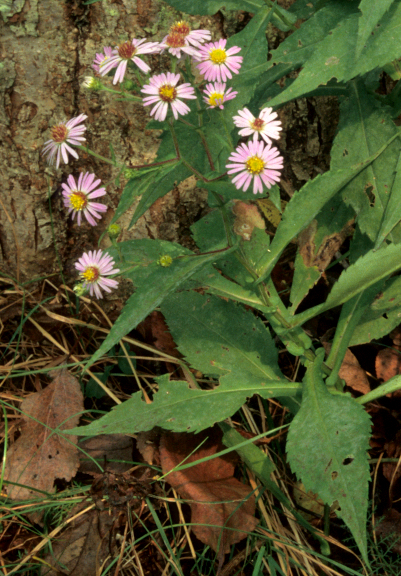








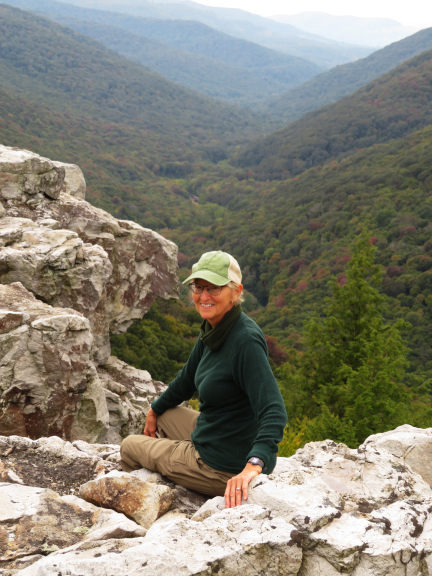




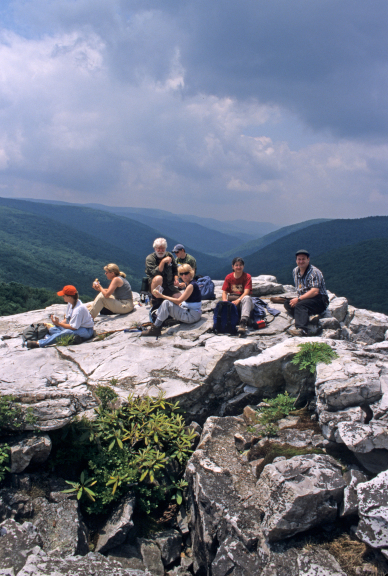
Many thanks for sharing your information ! We really enjoyed your posting and we really enjoy “the SODS” ! ! ! ! Maybe sometime, our “paths” will cross and we might get to talk with you ” and share thoughts on the SODS ! THANKS AGAIN !
LikeLike
You are welcome.
LikeLike
Thanks for sharing your adventures! I hope to come east and join you on one in the future. Road trip with Drew and Ari!! I am currently in Canada (Vancouver) and have been enjoying Canada style hiking which always seems to include an extra 3 km on the logging road the Subaru can’t make it up. Some awesome waterbars. Its Chanterelle season here!! Mary
LikeLike
I love armchair hiking, birding and botanizing with you two. Hope to come on another birding festival ….enjoyed 2019 so much! Southeastern NC has it’s own wonders (like Venus flytraps) but in my mind nothing compared to Dolly Sods!
LikeLike
Hi Nancy… We did get to lead a nature weekend from Blackwater this year. It had been cancelled and rescheduled twice, but finally it happened. It was the only field trip we led all year. Fortunately, we were able to get away on our own to some special WV places. Hopefully, next year will be different. Venus Flytraps aren’t bad. … Bill
LikeLike
Pingback: Canaan Valley for Fall Color and More – October 2020 | Bill Beatty Nature
I’d been to Rohrbaugh Plains a couple weeks earlier because you said it had “hands down” the best views in Dolly Sods. After hiking through the impenetrable red spruce and rhododendrons for a while, I’d begun to have my doubts until I popped out into The View. And boy was I ever glad you had mentioned it. Instead of going back the way I came, I continued on to the road and walked back via the road, keeping my mask on not for coronavirus but for dust!! I got a little West Virginia car finish for my trouble, but had big smiles on my face all the way home. Hope to see you soon!
LikeLike
Hi Jeff… I am glad you persevered and made it to “The View”. All the times I’ve been there I’m reluctant to leave. Fortunately, it is remote compared to many other overlooks, making it all the more special. I’ll bet you still have some of that West Virginia car finish hidden in some nooks and crannies. Jan and I are very busy with our Northern Saw-what Owl research. Just tonight we recaptured an owl we had banded two weeks ago on Halloween night. These tiny owls are supposed to be migratory, but this one decided to stick around for awhile. We are already scheduled for some major nature-related events for 2021. Hopefully, they won’t be cancelled. I’m sure our paths will cross again. … Bill
LikeLike